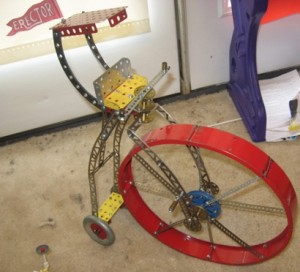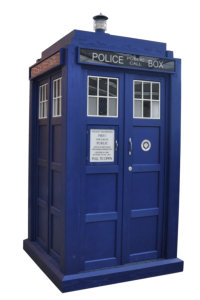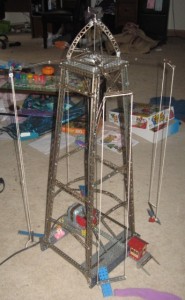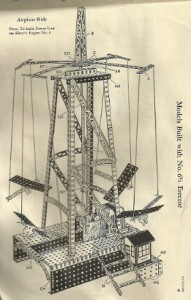
Many people travel for the Christmas holiday, typically to visit family or friends. Generally, I did not. When I was very young, as in three years or less, my family would travel to the homes of other family members for Christmas. Apparently Lisa’s family did that until she was about ten. But my parents wanted us to have our own family traditions and customs for Christmas, and, apparently at about age four I started to show a preference for spending Christmas at home. So most of my early Christmas memories have been based in the village of Homer, in upstate New York.
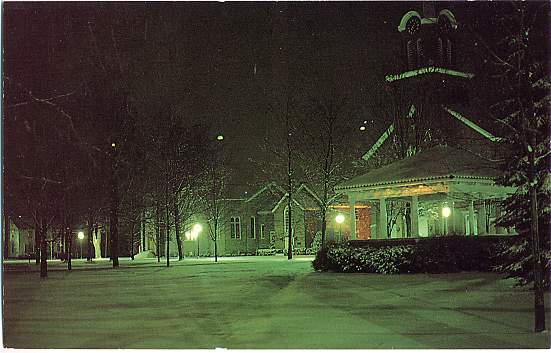
Christmas was almost always white. Upstate New York is famous for it’s snow, and for a time it was a major hub for winter sports. The 1980 Winter Olympics were held in the Adirondack mountains of Upstate New York.
Christmas at the Pugh residence usually started on Christmas Eve. We tended to have a light dinner, because we were often snacking on cheese, crackers, and holiday sausage all evening long. Typically one of my parents would be frantically doing the last of the gift wrapping in some secret corner of the house, while my brother and I watched live Christmas music on one of the PBS stations.
I used to spend hours just looking at the Christmas tree, especially when every other light in the house was turned off. Several of my original science-fiction stories (currently tied up in editorial hell) trace their origin to those Christmas tree meditations.
Christmas morning started at seven AM. My parents had a very strict rule about this. We could not, repeat, could not enter the front room until after everyone was up and about and breakfast was served. And we (my brother and I) could not awaken our parents until seven AM or later. So naturally, Christmas began at 7:00:01 exactly.

For many years, Christmas breakfast was a home-made coffee cake. Mom’s coffee cake was to die for! The body of the cake just melted in your mouth, and the topping had just the perfect amount of crunch. However, for reasons we never understood, mom would end up aspirating on some of the topping, resulting in her coughing for several moments. It became a running joke. It shouldn’t have, but it did.
The area around the Christmas tree rapidly became a dumping ground for discarded wrapping paper, and more often than not, my parents were napping by lunchtime. My brother and I, of course, had toys and games to break in, so we never napped. Christmas dinner was usually pretty impressive. It wasn’t as massive as Thanksgiving, but it was certainly substantial.

Finally, after dinner, we would all sit down and watch Alastair Sim’s version of Christmas Carol. More often than not, that version was all over the dial, so it was rare that we couldn’t find it on one of the stations. In later years we acquired a VHS copy of the movie, so we no longer had to worry about finding it.
This pattern continued, largely without variation, through Christmas of 1992. By then, I was in graduate school and my brother in college. But we still made a point to come home for Christmas. That changed in 1993. My father died unexpectedly in May of that year, so when Christmas arrived we needed to do something different. For the next few Christmases we again traveled to different locations, usually with family. By 1996 we had settled back into a variant of the old pattern, and often my grandmother or aunt were there as well.
By Christmas of 2006, my brother and I both had young children. Instead of Homer, my brother’s house in Maryland became the primary gathering point for Christmas. By 2013, the house in Homer had been sold, thus closing the book on that long era.
Today, the Culpeper Pugh’s typically spend the first part of Christmas at home, in Virginia, then travel to Maryland later in the day. When I was young, it was important to me that I had some of my Christmas in the place I called home, and have some little traditions of my own. I want Caitlin and Michael to have that option as well.
Christmas of 2014, however, turned out to be different.
More about Christmas:
Image credits:

